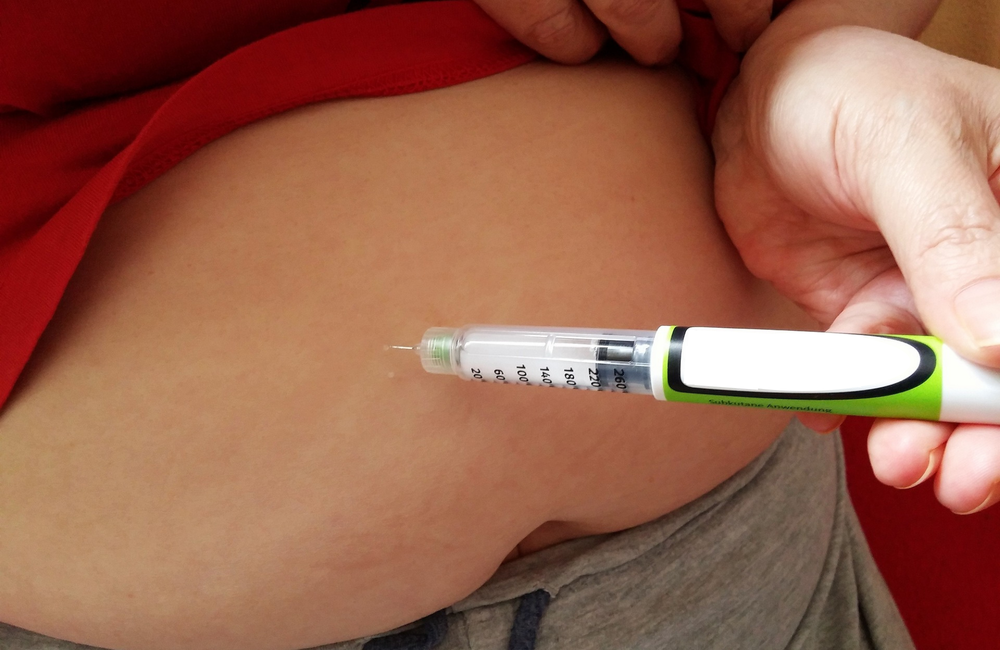
Early results from people taking a new antiretroviral medication called lenacapavir are promising. The long-acting drug is still at the research stage, but if the developers are able to pair it effectively with other drugs that also only needs to be taken twice a year, it could revolutionise HIV treatment.
Researchers presented the results to the International AIDS Society conference last week: www.aidsmap.com is official scientific media partner for the conference.
We already know that injectable HIV treatment is coming. Injections of two medications, known as cabotegravir and rilpivirine, have had excellent results in scientific studies and have been approved by drug regulators in several countries, even if they are not yet being routinely used. This pair of drugs requires injections in the buttocks, either every month or every two months.
Treatment that needs to be taken even less frequently would be even more of an advance. The medication that is being tested this way is called lenacapavir. It works in a different way from existing anti-HIV drugs. It interferes with part of the HIV lifecycle – the assembly and disassembly of the HIV capsid, which is the ‘container’ for HIV’s genetic material.
“What’s exciting about this particular compound is how long the agent stays in the body,” Professor Samir Gupta of Indiana University told us (see the video for more). This makes an injection just twice a year possible. The injection goes under the skin, in the belly. Self-injection hasn’t been tested yet, but might be a possibility.
A small study tested the drug in 36 people whose current HIV treatment was not working and whose virus had resistance to most or all of the currently used drugs. It’s hard to find effective new medications for this group who have usually tried several different combinations in the past.
The positive results for most participants after six months with lenacapavir (taken alongside some daily pills) show that the new drug is not affected by resistance to other anti-HIV medications, Professor Jean-Michel Molina of the University of Paris told us (see the second video for more).
A second small study tested it in 157 people new to HIV treatment. Again, six-month results were generally positive, although one person did lose control of the virus. We need larger studies following more people for longer to know whether that was an unusual case or not.
Also, effective HIV treatment requires a combination of two or three drugs. The people in these studies did not only have the twice-a-year injections – they also needed to take other medications in the form of daily pills.
For treatment every six months to become a reality, the scientists need to find a second (and maybe a third) medication which also only needs to be taken every few months. Studies testing another new drug called islatravir in combination with lenacapavir have recently started.
Click here for the full story on the study in people with multidrug-resistant HIV.
Click here for the full story on the study in people taking HIV treatment for the first time.
Click here for more news from the International AIDS Society Conference on HIV Science.

